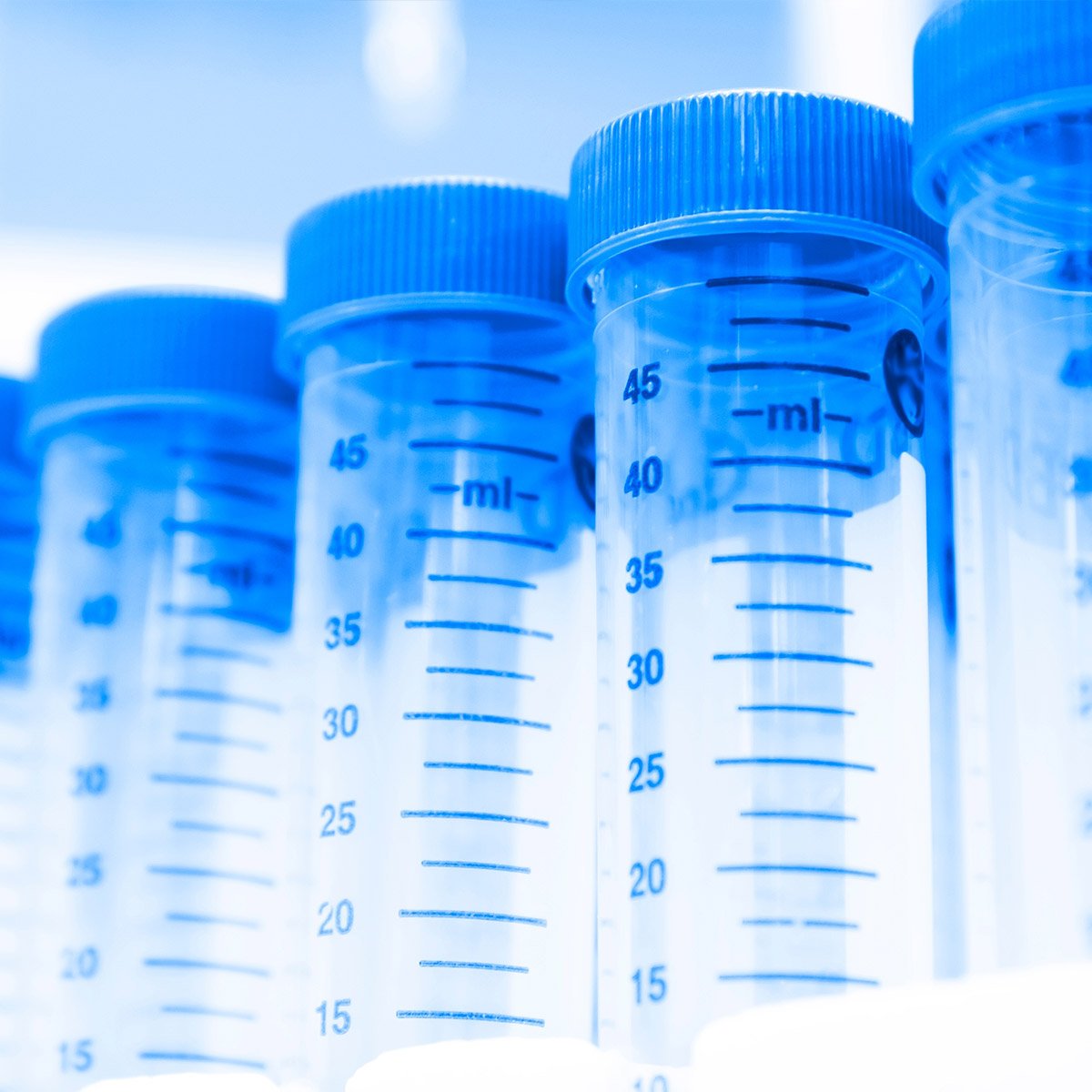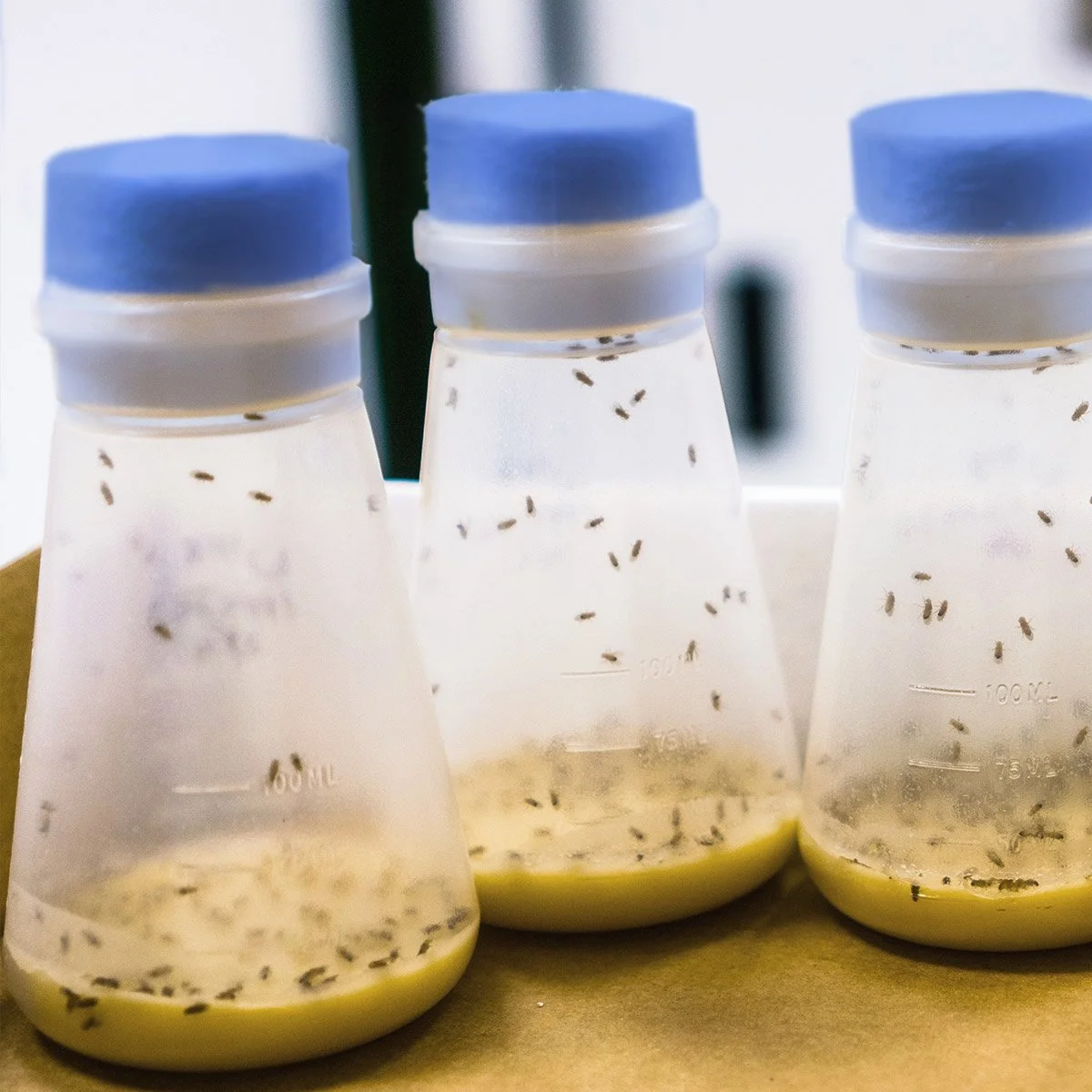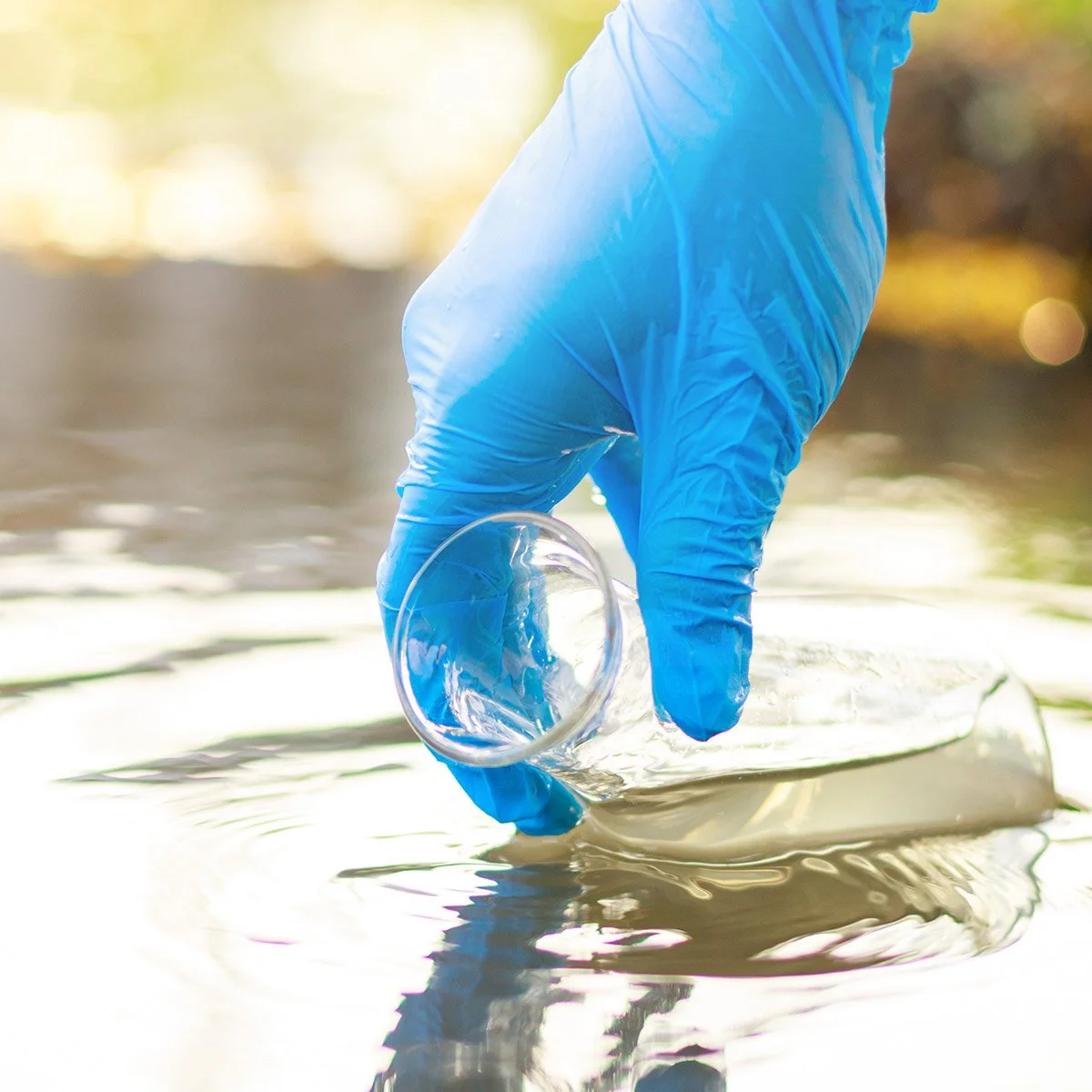1. Build a strong team to help collect and analyze data for benchmarking.
My first step in expanding the competition was to validate the savings from the current program. I needed to determine whether the fume hoods were still saving the amount of energy that the competition intended. After locating a number of new labs where "shut the sash" could potentially make an impact, I decided to compare fume hood management between the labs.
Between February and April 2015, I worked with Wendy Chen, a graduate student at Harvard Extension School to test the hypothesis that the Shut the Sash program was the optimal method in making fume hood operation more efficient. I collected building management system (BMS) data from several buildings, and utilizing the talents of the graduate student we compared the results. We also had to make some generalizations on fume hood operational costs. With the help of Siemens engineers and building managers, we determined that the "average fume hood," has a cost of $7.43 per CFM of exhaust per year. Obviously some fume hoods save more than others by closing the sashes, but for the sake of this study we normalized the operational cost.
Even though it’s not possible to predict where the science will lead, we can promise that life science discoveries will serve humankind well into the future. Circularization strategies economize science and responsibly limit our impact on nature. This green lab tip highlights a few resources for free lab materials and equipment. Let’s keep life science research and education going strong!
Most biologists welcome opportunities to learn about environmentalism. A green fair is a great way to increase awareness and commitment to environmental justice and sustainability in life science work. Let’s review some tips for planning a successful green fair for biologists.
Drosophila researchers around the world have taken steps to green their lab operations while maintaining good laboratory practices. These efforts include preventing material waste, energy conservation, and leveraging the attributes of this model organism to reduce the need for testing in mammalians. We hope you are inspired by the initiatives of these green labs!
In life science, it’s often plastic-polluted ecosystems that firm our resolve to limit the environmental impacts of our lab work. Let’s take a moment to recognize a new category of lab plastics as a welcome step forward in sustainability.
UV decontamination lighting has been incorporated into biosafety cabinets for decades, and persistently over-relied on for decades in cell culture work. Green labs are removing UV lamps from biosafety hoods to eliminate risks and save energy. It’s a simple action that overcomes energy waste in the right setting.
Signage is an important tool for turning lab initiatives into established lab culture. A sign shows the path to sustainability. The types of signs typically used in lab facilities can come in the form of posters, stickers/decals, and digital, or even three-dimensional displays. No matter which format, it’s good to know best practices.
In June 2020, the small town of Merrillville, IN, received a visit from the Indiana Department of Environmental Management (IDEM). Merrillville is home to Microbac, a laboratory that offers analytical testing services for food, environmental, antimicrobial products, and pharmaceuticals. With more than 20 facilities across the United States, they are required to follow local water regulations, in addition to safety data sheets. However, what the IDEM found was not in line with either.
Plastic packaging often gets a bad rap (wrap?). And rightly so — approximately 5.5 million tons of plastic is produced annually in life sciences laboratories. While it provides essential protection and labeling for products, its impact on the environment calls for action. Fortunately, there are ways laboratories can reduce their waste from plastic packaging.
This widely used immunoassay to probe samples for specific proteins and posttranslational modifications has potential time and material savings associated with variations of the transfer step. Whether it’s a simple buffer switch, or a more involved equipment swap - it’s always worthwhile to explore lab workflow efficiencies. Just take care not to risk a successful blot!











This month, the U.S. Pharmacopeia (USP) officially permits recombinant reagents for bacterial endotoxin testing. If every lab using Limulus polyphemus-based reagents switched, it would prevent the deaths of around a hundred thousand horseshoe crabs each year. More likely, labs able to switch will reap the benefits of improved testing accuracy, and this will relieve pressure from our tenuous dependency on wildlife.